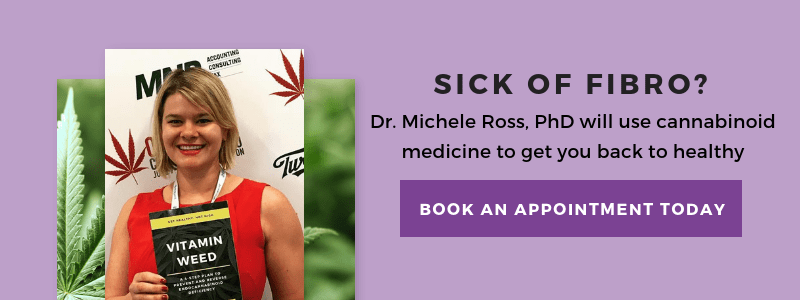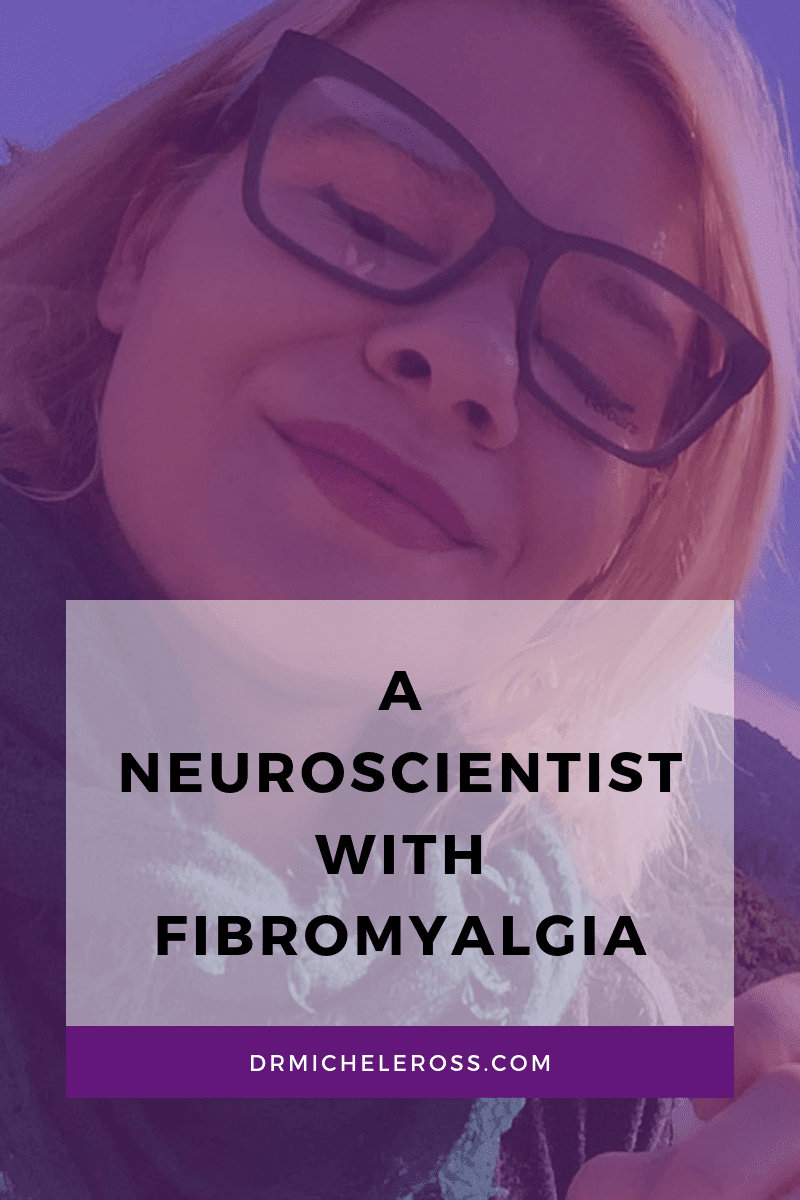It’s been 5 years since I was diagnosed with fibromyalgia and 12 years since I got my PhD in Neuroscience in a Department of Molecular Psychiatry.
To be honest, I’ve never met another neuroscientist who has fibromyalgia. And maybe that’s why my approach to treating fibromyalgia is so different than most clinicians.
When it came to treating my fibromyalgia, I let the professionals take the reins at first. I went through the typical medications like opioids, Lyrica, muscle relaxers, antidepressants, and hormone pills.
When I all I got was dependence on opioids, and side effects like weight gain, nausea, and more pain, the scientist in me said there has to be a better way.
I learned the rules so that I could break them.
As a neuroscientist, I understand the brain, how both emotional and physical pain are processed, how pharmaceutical drugs impact brain chemistry, and how disease harms it.
I also know how to research solutions to complex problems, compare weak versus strong evidence, test hypotheses, communicate my findings, and teach students.
Fibromyalgia is a complex disease that requires a personalized medicine approach and no two cases are the same. It’s a disease that is worsened by stress, and the mind-body connection must be respected.
No wonder why throwing a bunch of pills at it wasn’t the answer.
I did my research. Part reading the clinical research, part talking to alternative medicine experts and caregivers, and part playing guinea pig on myself and other patients.
Plant-assisted therapy (PAT) was the answer.
I have a unique protocol that uses cannabis, kratom, and magic mushrooms to rewire the brain and heal the emotional and physical pain underlying fibromyalgia.
I’m sharing my secret sauce to how I ditched all my pills, got out of my walker, back to work, got my executive MBA, and wrote multiple books, all when my fibromyalgia doctor told me my best case scenario was to accept my illness and collect disability checks.
I’m going to teach you how to use plants to heal yourself and give the finger to your doctor.

Pin This Post






